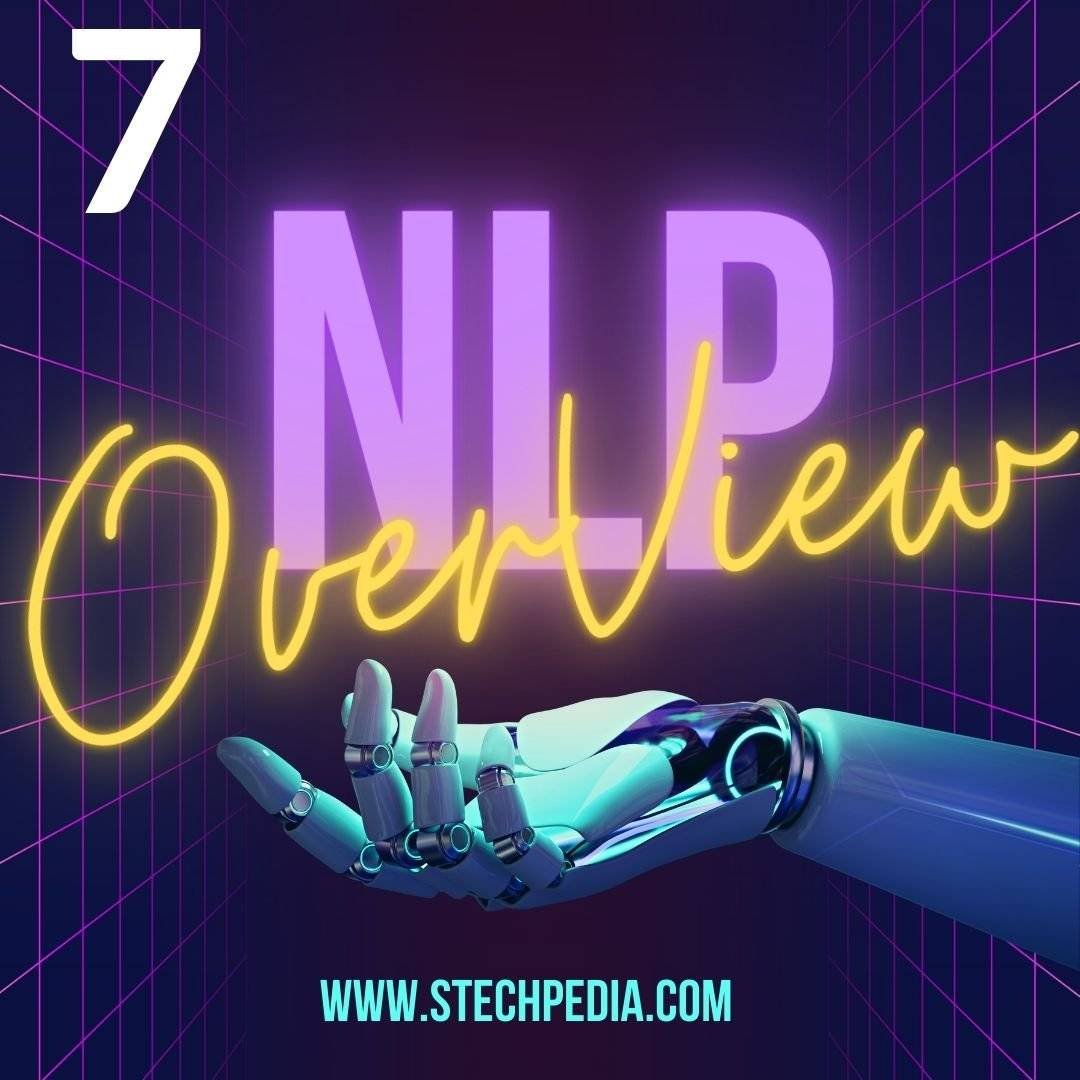Introduction: The Early Days of NLP and its Origins
NLP can be traced back to the early days of computing, when researchers were first exploring ways to get computers to understand and process human language. One of the earliest examples of NLP is a program called ELIZA, which was developed in the 1960s. ELIZA simulated a therapist by responding to user input with questions or comments that appeared to be supportive and sympathetic.
While ELIZA was a simple program, it showed that it was possible for computers to process human language in a way that could simulate intelligent conversation. This early work laid the foundation for more sophisticated NLP systems that would be developed in subsequent years.
In the 1970s, another significant milestone in NLP was reached with the development of SHRDLU. SHRDLU was a program that could understand and respond to commands issued in natural English. For example, if a user asked SHRDLU to “pick up the red block,” it would be able to comply by moving the appropriate object. This demonstrated that computers could not only understand human language, but also carry out commands based on that understanding.
SHRDLU laid the groundwork for many of the NLP applications we use today, such as voice recognition and machine translation. Over the past few decades, there have been significant advances in NLP technology, making it possible for computers to carry out ever more complex tasks involving human language.
The Pioneers of NLP: A Look at Key Figures and Their Contributions
The history of Natural Language Processing (NLP) is often traced back to the early 1950s, when Alan Turing published his seminal paper “Computing Machinery and Intelligence”. In this paper, Turing proposed the now-famous Turing test as a way to determine whether a machine could be said to think. While the test itself has been widely criticized, it nonetheless sparked a long-running debate about the possibility of creating artificial intelligence (AI) that can effectively communicate with humans.
In the years that followed, other key figures made important contributions to the field of NLP. In 1966, cognitive scientist Marvin Minsky published “Society of Mind”, in which he proposed that AI could be achieved by creating artificial neural networks that simulate the workings of the human brain. This work laid the foundation for much of the subsequent research in NLP.
In 1979, computer scientist Roger Schank developed a computational model of memory and learning called “conceptual dependency theory”. This work was significant in demonstrating that language understanding involves more than just simple keyword matching. Instead, it showed that language understanding relies on deeper conceptual knowledge about the world.
More recently, researchers have focused on developing statistical models of language that can be used to automatically analyze large amounts of text data. This research has led to significant advances in areas such as machine translation and information retrieval.
The Evolution of NLP: From Rules-based Systems to Statistical Methods
Natural language processing (NLP) has come a long way since its early days as a rules-based system. In the early days of NLP, computers were not sophisticated enough to handle the complexities of human language. As a result, NLP relied heavily on rules-based systems to process and understand language.
However, over time, computer technology has become more advanced, and NLP has evolved along with it. Today, NLP is powered by statistical methods that are able to handle the complexities of human language much better than rules-based systems.
Statistical methods have revolutionized NLP and made it possible for computers to understand language in a much more natural way. With statistical methods, NLP can now handle ambiguity and context much better than before. As a result, NLP is now able to provide better results for tasks such as machine translation and information extraction.
NLP in the Digital Age: Advancements in Technology and the Rise of Machine Learning
The digital age has seen a rapid rise in the use of machine learning for natural language processing (NLP). This has led to significant advancements in the technology, making it more accessible and accurate than ever before.
Machine learning is a subset of artificial intelligence that deals with the creation of algorithms that can learn from and make predictions on data. This is done by providing the algorithm with a set of training data, which it uses to develop a model. The algorithm then makes predictions on new data based on the model it has learned.
One of the main advantages of using machine learning for NLP is that it can handle a large amount of data more efficiently than traditional methods. Additionally, it can learn from data that is unstructured or unlabeled, which is often the case with natural language data.
There are a number of different machine learning algorithms that can be used for NLP, including support vector machines, decision trees, and neural networks. The choice of algorithm will depend on the task at hand and the desired accuracy.
The use of machine learning for NLP is not without its challenges. One of the biggest challenges is dealing with ambiguity and variation in natural language. For example, the same word can have multiple meanings depending on the context in which it is used. Additionally, there can be numerous ways to say the same thing, making it difficult for an algorithm to identify the correct meaning.
A Look at NLP Applications Through the Years: From Language Translation to Chatbots
NLP has been used for years to enable computers to understand human language. Early applications of NLP included machine translation and language generation. More recent applications include chatbots and digital assistants.
NLP technology has come a long way since its early days. In the 1950s, machine translation was one of the first applications of NLP. This technology allowed computers to translate between languages. Language generation was another early application of NLP. This technology allowed computers to generate text in a humanlike way.
more recently, NLP has been used to develop chatbots and digital assistants. Chatbots are computer programs that can mimic human conversation. They are commonly used to provide customer service or handle other simple tasks. Digital assistants are computer programs that help users with tasks such as scheduling appointments or sending email messages.
NLP is a rapidly evolving field with new applications being developed all the time. The future of NLP is likely to be even more exciting than its past!
The Impact of NLP on the Field of Artificial Intelligence
NLP has had a profound impact on the field of artificial intelligence. It has revolutionized the way we interact with computers, and has made it possible for machines to understand and respond to human language. NLP is a key ingredient in many of the most successful AI applications, such as machine translation, chatbots, and voice recognition.
Without NLP, artificial intelligence would be limited to narrow domains such as chess or Go. But with NLP, AI can be used to process and understand vast amounts of unstructured data, such as text or speech. This allows AI systems to tackle much more complex tasks, such as understanding natural language questions or providing customer support.
NLP is also essential for building intelligent agents that can autonomously interact with humans. These agents need to be able to understand human language in order to carry out conversations or perform tasks on our behalf. Many of the most popular digital assistants, such as Siri, Alexa, and Cortana, use NLP technology to enable their human-like interaction.
The impact of NLP on artificial intelligence cannot be overstated. It is one of the most important enabling technologies for modern AI applications. Without NLP, many of the smartest machines would not be nearly as intelligent as they are today.
Conclusion: The Future of NLP and its Role in Human-computer Interaction
As NLP continues to develop, its role in human-computer interaction will become increasingly important. This is because NLP can help computers to better understand and respond to the natural language used by humans. Additionally, NLP can help computers to generate more natural-sounding responses, making interactions with them more fluid and natural. In the future, NLP will continue to play a vital role in human-computer interaction, helping to make it more efficient and effective.








Comment on “Tracing the Roots: A History of Natural Language Processing”